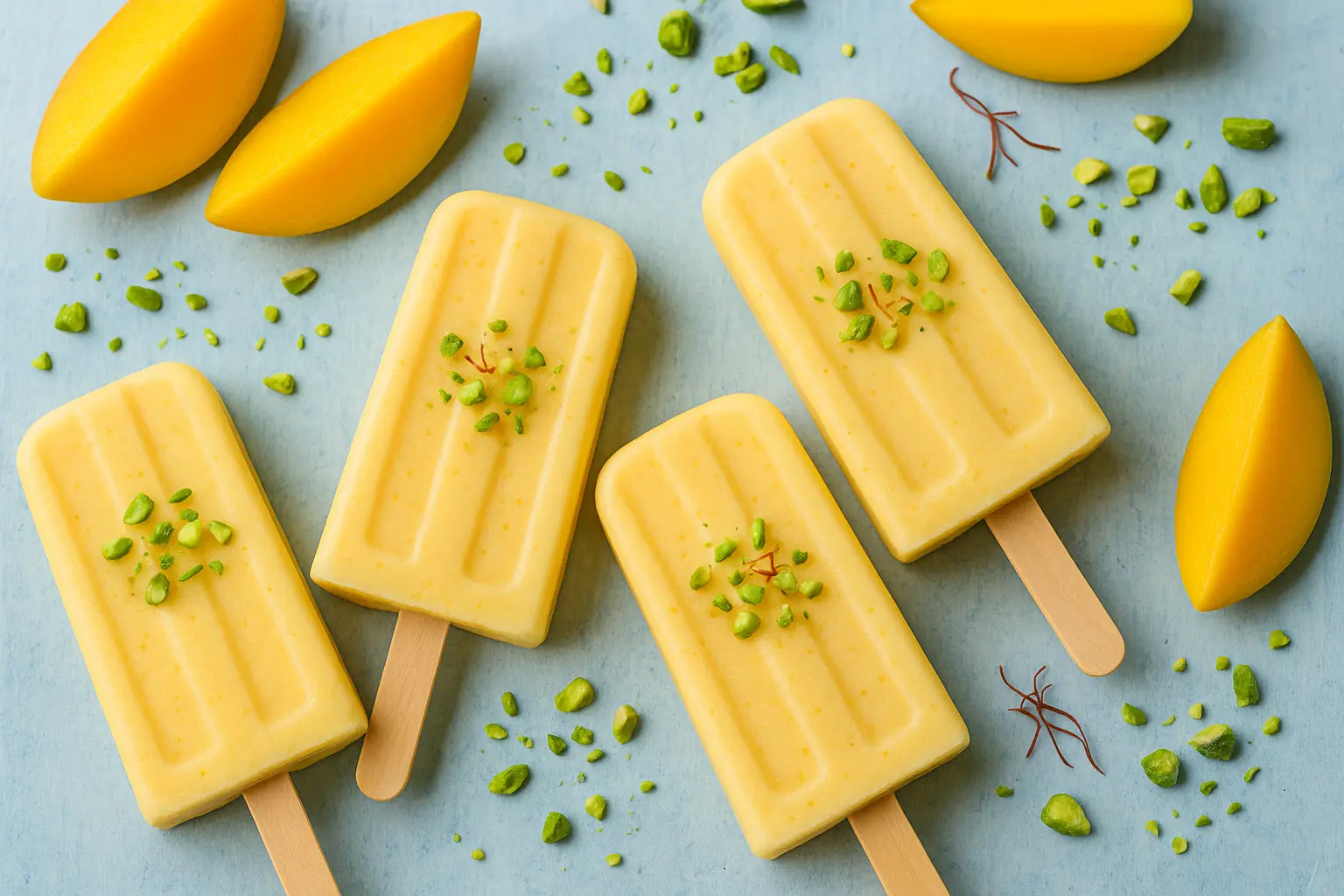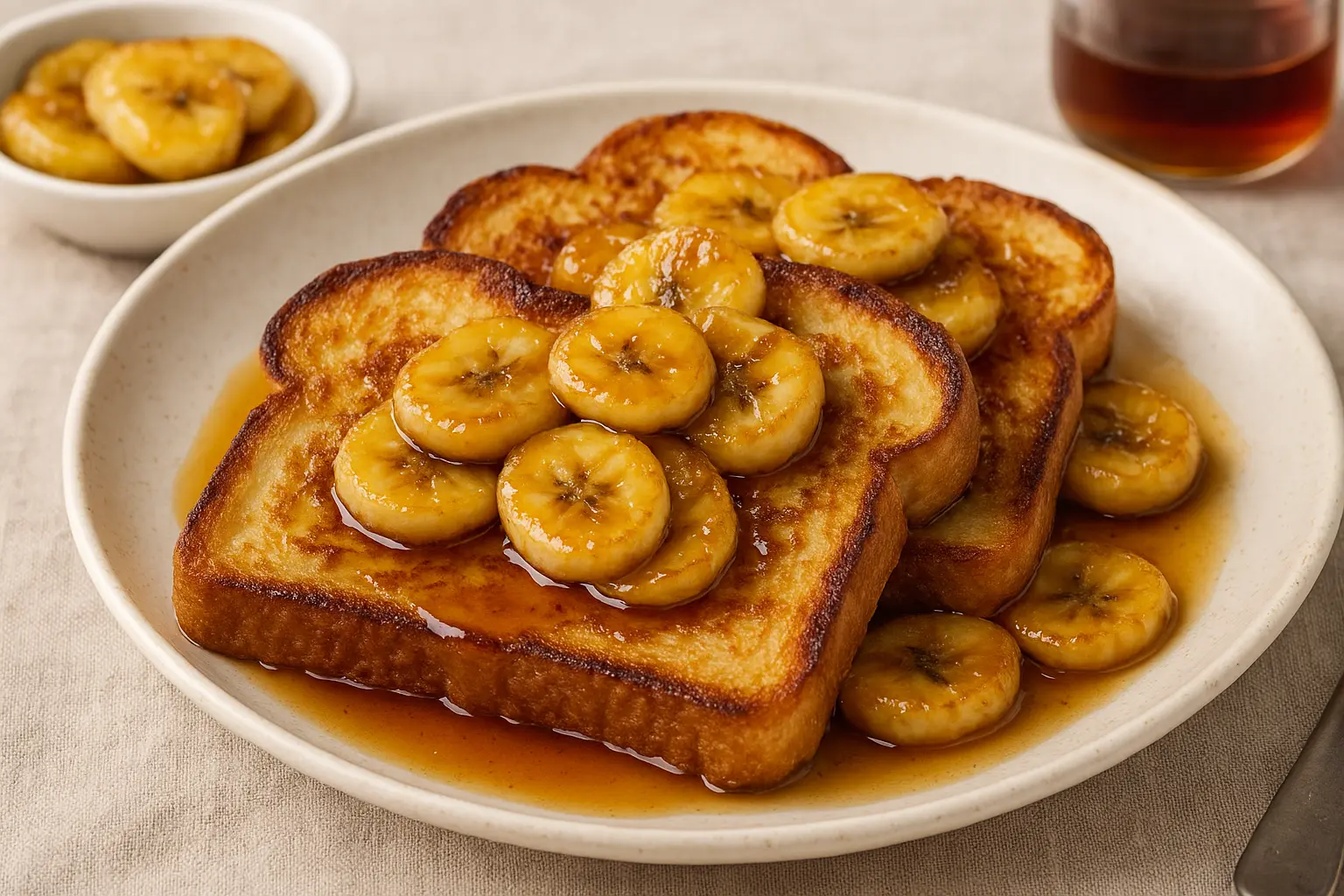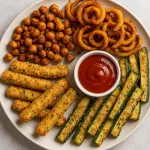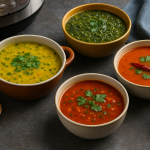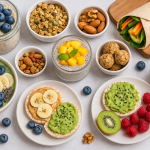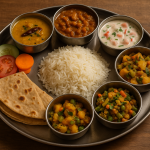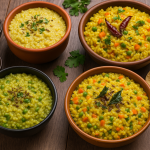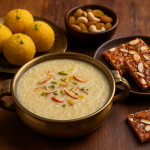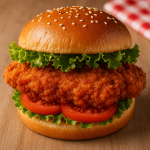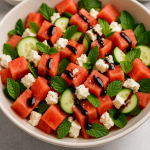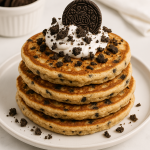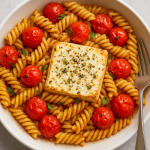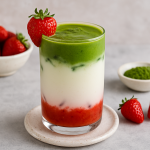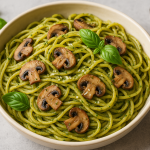Imagine a pancake so airy it jiggles like a cloud and melts the moment it touches your tongue. That’s the allure of Japanese soufflé pancakes—a delicate cross between a traditional pancake and a soufflé. Born in trendy Tokyo cafés, these pancakes have become a global sensation, famous for their towering height, subtle sweetness, and custard-like interior.
Unlike classic American pancakes that are dense and hearty, Japanese soufflé pancakes rely on whipped egg whites to achieve their signature fluff. They’re cooked slowly at a low temperature, allowing the inside to steam gently while the outside turns golden and tender. The result? A show-stopping breakfast that looks straight out of a fine patisserie—but can be made right in your home kitchen.
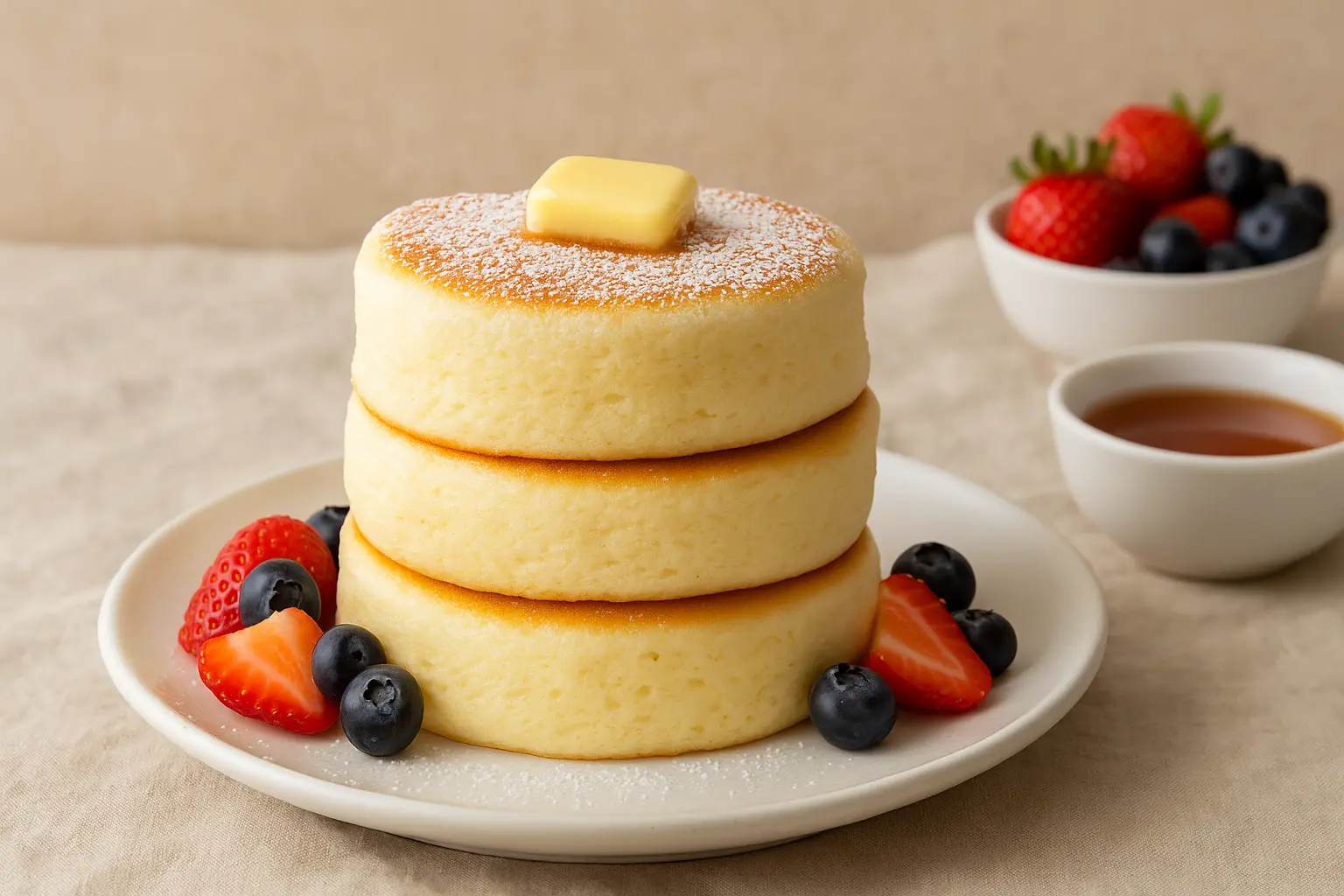
What Makes Japanese Soufflé Pancakes So Unique?
Soufflé pancakes stand out for their texture and technique. Here’s what differentiates them:
- Whipped Egg Whites: The magic lies in the meringue—a foam of beaten egg whites and sugar that gives the pancakes their lift.
- Gentle Cooking: They’re cooked at low heat with the lid on, allowing steam to cook them evenly without burning.
- Thick Batter: The batter is thicker than traditional pancakes to help them hold shape.
- Fluffy Yet Custardy: The combination of airy meringue and custard-like yolk batter creates a melt-in-the-mouth feel.
These pancakes require patience, but every bite justifies the effort.
Ingredients: The Building Blocks of Fluffiness
You’ll need just a few simple ingredients—most already in your pantry!
For 4 medium pancakes:
- 2 large eggs, separated
- 2 tablespoons (30ml) milk
- 1/2 teaspoon vanilla extract
- 1/4 cup (30g) all-purpose flour
- 1/4 teaspoon baking powder
- 2 tablespoons (25g) granulated sugar
- A pinch of cream of tartar (optional, helps stabilize the egg whites)
- Oil or butter for greasing
- 1 tablespoon water (for steaming effect during cooking)
Optional toppings:
- Maple syrup or honey
- Fresh berries
- Whipped cream
- Powdered sugar
- Matcha sauce or strawberry compote
Step-by-Step Recipe: Making Japanese Soufflé Pancakes
Step 1: Separate and Prepare
Separate the egg whites and yolks into clean bowls. Ensure no trace of yolk gets into the whites, as it will prevent them from whipping properly.
Step 2: Mix the Base Batter
To the yolks, add milk and vanilla extract. Whisk until smooth and slightly pale.
Sift in flour and baking powder, then gently fold until no lumps remain. This is your rich, creamy base.
Step 3: Whip the Meringue
Using an electric mixer, beat the egg whites on medium speed until foamy.
Add cream of tartar (if using), then gradually add sugar in three parts.
Keep whisking until you reach stiff peaks—the meringue should be glossy and hold its shape firmly.
Step 4: Combine Batter and Meringue
Take one-third of the meringue and mix it into the yolk batter to lighten it.
Then gently fold in the remaining meringue using a spatula. Be gentle—you don’t want to deflate the air you’ve just created.
Step 5: Heat the Pan
Preheat a non-stick frying pan on low heat. Lightly grease it with oil or butter and wipe off any excess with a paper towel. Add a splash of water beside the pancakes (not on them) and cover the pan with a lid—this helps create steam for even cooking.
Step 6: Cook the Pancakes
Scoop the batter onto the pan using a large spoon or ice cream scoop to form tall mounds.
Cook covered for 4–5 minutes per side, flipping carefully with a spatula once the base is firm and golden. Add a few drops of water again before covering to maintain moisture.
Step 7: Serve Immediately
Once both sides are golden and the pancakes have puffed up beautifully, serve them hot.
Top with your favorite toppings—powdered sugar, whipped cream, berries, or maple syrup.
Tips for Perfect Soufflé Pancakes
- Use room-temperature eggs. Cold eggs don’t whip as well.
- Be gentle. Overmixing will knock out air and flatten your pancakes.
- Low and slow. Patience is key—too much heat will brown the outside before the inside cooks.
- Steam helps. Always add a few drops of water and cover the pan.
- Serve fresh. These pancakes deflate over time, so enjoy immediately.
Troubleshooting Common Mistakes
| Problem | Possible Cause | Fix |
|---|---|---|
| Pancakes collapse after cooking | Meringue not stiff enough | Beat whites longer or add cream of tartar |
| Batter too runny | Overmixed or added too much milk | Stick to recipe proportions |
| Uneven browning | Pan too hot | Lower heat and cook slower |
| Pancakes sticking | Not enough oil or old non-stick surface | Grease pan properly before use |
Variations: Make It Your Own
1. Matcha Soufflé Pancakes
Add 1 teaspoon of matcha powder to the yolk mixture for a green tea twist. Serve with red bean paste and whipped cream.
2. Chocolate Soufflé Pancakes
Mix in 1 tablespoon of cocoa powder and a few chocolate chips for a dessert-like version.
3. Lemon Ricotta Soufflé Pancakes
Replace milk with buttermilk and add a spoon of ricotta and lemon zest for a tangy, creamy delight.
4. Vegan Soufflé Pancakes
Use aquafaba (chickpea brine) to make a meringue alternative, and replace eggs with vegan substitutes. While slightly less lofty, the texture remains impressively airy.
The Science Behind the Fluff
Soufflé pancakes rely on air expansion and protein stabilization.
When you whip egg whites, you’re trapping air in a network of proteins. Sugar helps strengthen this network, preventing it from collapsing. During cooking, the air bubbles expand from heat, giving rise to that signature jiggly height.
Steam adds moisture, which helps the pancakes cook through without drying out. It’s essentially a mini oven inside your frying pan!
Serving Suggestions: Sweet and Stunning
These pancakes are a canvas for creativity. Try pairing them with:
- Berries and cream: The classic, café-perfect combo.
- Nutella drizzle: For chocolate lovers.
- Matcha glaze or black sesame sauce: True Japanese flair.
- Vanilla bean ice cream: For a decadent brunch dessert.
For presentation, stack three pancakes high, dust with powdered sugar, and serve on a white plate with fruit for contrast—just like the cafés in Tokyo’s Harajuku district.
Storing and Reheating Tips
These pancakes are best eaten fresh, but if you must store them:
- Refrigerate: In an airtight container for up to 24 hours.
- Reheat: In the microwave for 15–20 seconds or in a covered pan over low heat for 1–2 minutes.
Avoid reheating uncovered—they’ll dry out and lose their signature texture.
Nutrition Information (Per Serving)
| Nutrient | Amount |
|---|---|
| Calories | ~180 kcal |
| Protein | 6g |
| Fat | 6g |
| Carbohydrates | 24g |
| Sugar | 10g |
| Fiber | 1g |
A delightful balance for a weekend treat—sweet but not heavy.
Why You’ll Love Making These at Home
- Instagram-worthy: That perfect jiggly fluff is visually irresistible.
- Simple ingredients: No special tools needed—just patience and precision.
- Customizable: From matcha to chocolate, endless flavor options await.
- Satisfying process: Watching them rise is as rewarding as eating them.
Conclusion: A Taste of Japan on Your Plate
Fluffy Japanese soufflé pancakes aren’t just a recipe—they’re a joyful experience. They invite you to slow down, whisk with care, and watch magic unfold in your kitchen. With their cloud-like texture and delicate sweetness, they’re the perfect treat for lazy weekend mornings or special brunch gatherings.
Once you’ve mastered the basic technique, you’ll find endless ways to make them your own—whether it’s a drizzle of maple syrup, a dusting of matcha, or a scoop of ice cream on top.
So grab your whisk, heat up your pan, and treat yourself to a little Japanese café charm—one fluffy bite at a time.
Leave a comment
Your email address will not be published. Required fields are marked *



